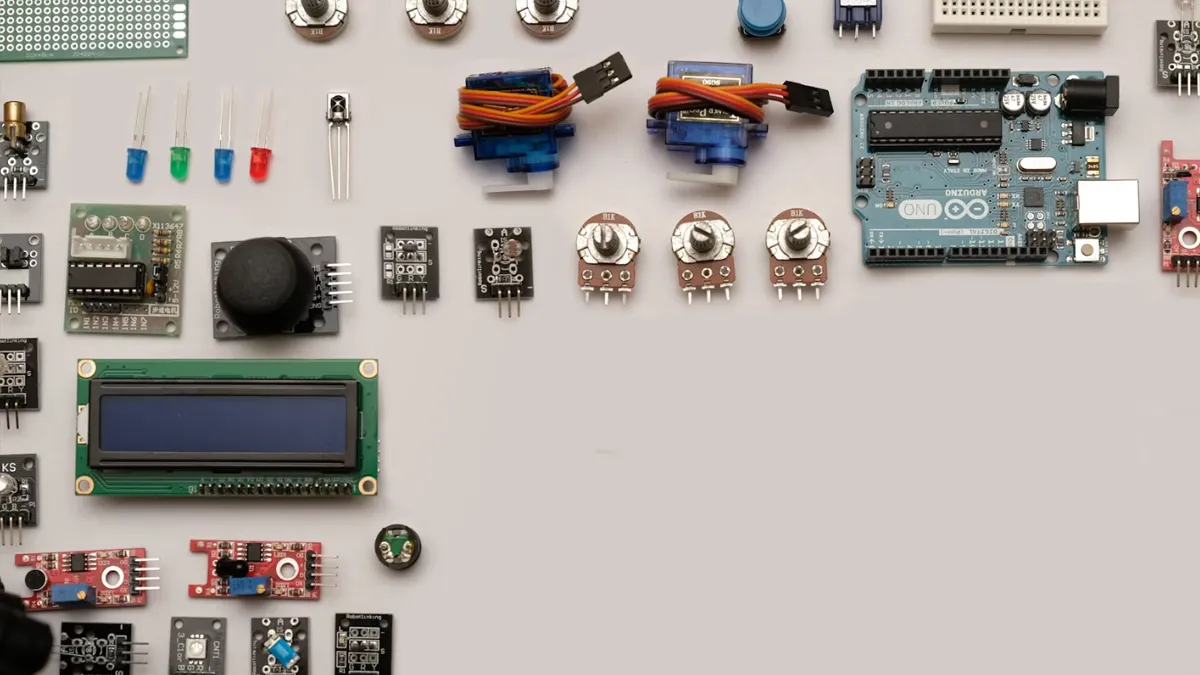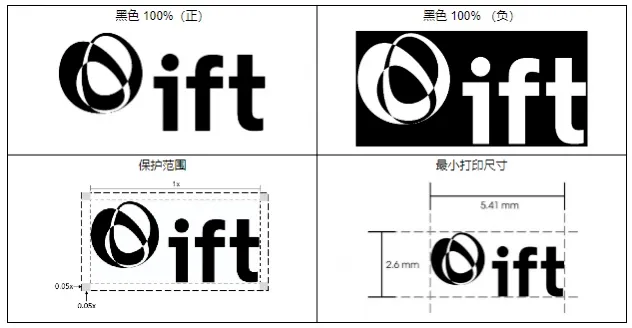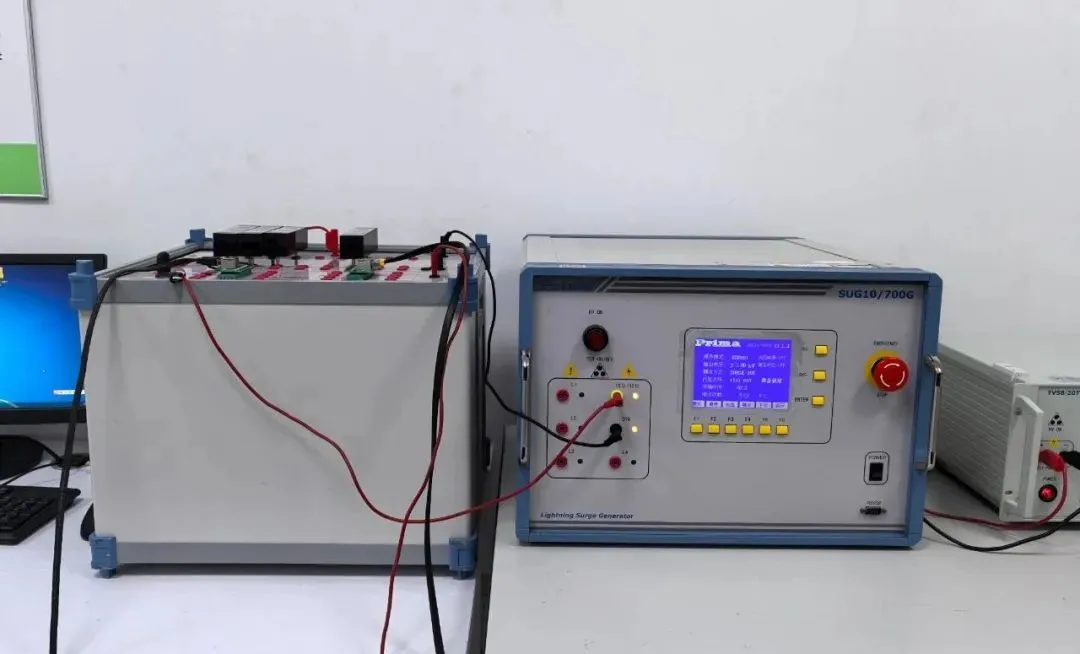
CE Mark Consulting
Why obtain CE certification?
CE certification, short for "Conformité Européenne," is a certification mark issued by the European Union (EU) to indicate that products comply with relevant regULations and standards for the European internal market, ensuring a certain level of safety, quality, and environmental performance. CE certification is an important proof for the sale and circulation of products in the European market.
In the EU market, the “CE” mark is a mandatory certification mark. Regardless of whether the product is produced by companies within the EU or by other countries, to circulate freely in the EU market, products must affix the “CE” mark to demonstrate compliance with the basic requirements of the EU directives on “New Approach to Technical Harmonization and Standards.” This is a mandatory requirement imposed by EU law on products.
EU law requires that products affixed with the ce label must have their technical files stoRED within the EU for inspection by supervisory authorities at any time. If there are changes in the content included in the technical files, they should be updated promptly.
What does the CE mark signify?
The CE mark is a safety compliance mark, not a quality compliance mark. It emphasizes that the product meets the basic safety requirements set out in EU directives.
The CE mark is the cornerstone for the free circulation of goods in the EU market. By ensuring that products comply with the basic requirements of EU directives, the CE mark allows products to avoid meeting specific requirements from each member state, thereby facilitating free movement within the EU.
Products affixed with the CE mark are deemed to comply with the basic requirements of the EU directives on “New Approach to Technical Harmonization and Standards,” which is a mandatory requirement of EU law. It is important to stress that the CE mark is a safety compliance mark rather than a quality compliance mark, focusing primarily on the safety aspects of products concerning humans, animals, and goods, rather than general quality requirements.
Which countries require CE certification? Is CE certification needed for cross-border e-commerce in Europe?
CE certification is required for sales and customs clearance in the European Economic Area (EEA) and on e-commerce platforms, and it is also necessary in Turkey.
EU (27 countries):
France, Germany, Italy, Netherlands, Belgium, Luxembourg, Denmark, Ireland, United Kingdom, Greece, Spain, Portugal, Austria, Finland, Sweden, Poland, Czech Republic, Hungary, Slovakia, Slovenia, Cyprus, Malta, Latvia, Estonia, Bulgaria, Romania.
EFTA (European Free Trade Association) (4 countries):
Switzerland, Iceland, Liechtenstein, Norway.
Which products need to comply with CE certification?
1. Power Charger CE Certification: Communication power supplies, chargers, monitor power supplies, LCD power supplies, UPS, USB charging cables, data cables, wireless chargers, car chargers, charging piles, inverters, etc.
2. Lighting CE Certification: Chandeliers, track lights, courtyard lights, portable lights, downlights, light strings, table lamps, grid lights, aquarium lights, street lights, spotlights, stage lights, energy-saving lamps, T8 lamp tubes, LED lights, etc.
3. Home Appliances CE Certification: Fans, electric kettles, speakers, televisions, refrigerators, washing machines, range hoods, keyboards, mice, vacuum cleaners, floor scrubbers, electric blankets, electric heating bags, warm air machines, etc.
4. Electronics CE Certification: Smartwatches, headphones, routers, mobile phone batteries, laser pointers, vibrators, computers, laptops, etc.
5. Telecommunications Products CE Certification: Telephones, wired and wireless primary and secondary machines, fax machines, answering machines, modems, data interface cards, and other communication products.
6. Wireless Products CE Certification: Bluetooth products, wireless keyboards, wireless mice, wireless readers, wireless transceivers, wireless microphones, remote controls, wireless network devices, wireless image transmission systems, and other low-power wireless products.
7. Wireless Communication Products CE Certification: 2G phones, 3G phones, 3.5G phones, 4G phones, 5G phones, DECT phones (1.8G, 1.9G bands), etc.
8. Machinery CE Certification: Large machinery, medium and small machinery, gasoline engines, diesel engines, fan equipment, tapping machines, non-automated equipment, sanitation bulldozers, tracked bulldozers, welding machines, shearing machines, tapping machines, non-automated equipment, CNC drilling machines, tool grinding machines, lawn mowers, washing equipment, elevators, punching machines, dishwashers, water treatment equipment, gasoline welding machines, printing machinery, woodworking machinery, rotary drilling machines, grass-cutting machines, snow removal machines, excavators, printers, cutting machines, road rollers, leveling machines, brush cutters, hair straighteners, food machinery, lawnmowers, robotic arms, water pumps, injection molding machines, plastic recycling machines, large dishwashers, machinery parts, etc.
9. Medical Device CE Certification: Class I and II medical devices, infrared thermometers, forehead guns, medical masks, N95 masks, isolation protective clothing, goggles, thermometers, medical equipment instruments, surgical lights, household massagers, physiotherapy devices, etc.
10. toys ce certification: Plush toys, electronic toys, remote-controlled toys, plastic toys, model toys, Bluetooth toys, etc.
11. Building Materials CE Certification: Sinks, flooring, steel plates, building materials, plastic doors and windows, aluminum alloy doors and windows, composite boards, sanitary ware, kitchen and bathroom products, shower rooms.
12. Commercial Equipment CE Certification: Electric griddles, electric ovens, electric fryers, meat grinders, elevators, amusement equipment, etc.
What are the different types of CE certification?
1. Certificate of Compliance / Certificate of Conformity: This is the COC certificate, issued by third-party institutions (intermediaries or testing and certification bodies) as a declaration of conformity, which must be accompanied by technical documents such as test reports (TCF). Additionally, the company must sign a Declaration of Conformity (DOC).
2. EC Attestation of Conformity: This is a ce certificate issued by a notified body (NB) in accordance with EU regulations, which indicates that only NBs are qualified to issue EC Type CEE declarations.
3. Declaration of Conformity / Declaration of Compliance: This CE certificate is a self-declaration and should not be issued by third-party institutions. Therefore, a self-declaration document in EU format can be used instead.
Are all three types of CE certificates valid?
If the self-declaration method is not used and the certification is carried out by a notified body (NB), then the company does not need to issue a self-declaration document. The designated institution assumes responsibility for product conformity and is legally protected. Therefore, there is no issue regarding the validity of CE certificates issued by notified bodies. However, for CE certificates issued by third-party institutions, the company or purchaser must determine the validity based on the accuracy and completeness of the data, which ultimately relates to the technical capability and reputation of the third-party institution. Generally, laboratories accredited by European laboratory accreditation bodies or the China National Accreditation Service for Conformity Assessment (CNAL) under ISO/IEC 17025 are considered trustworthy and even required by customers.
If CE certification has been obtained, is it still necessary to affix the CE mark?
If a product has obtained CE certification and complies with CE certification regulations, it must affix the CE mark on the product and its outer packaging as required.
1. Conditions for Affixing:
- The product must comply with the basic requirements specified in the relevant directives.
- The product must pass the necessary conformity assessment procedures as required by the relevant directives.
- In principle, the CE mark can only be affixed after the product has completed the conformity assessment process and ensured compliance with the relevant directives.
2. Placement of the Mark:
- The CE mark should be affixed to the product or the product's nameplate. In special cases, it can be applied to the product packaging or documents accompanying the product (as specified by the relevant directive).
- Special circumstances include situations where it is deemed impossible to affix the CE mark on the product (e.g., certain types of explosive materials), or where existing technical and economic conditions make it impossible to affix the CE mark, or where it cannot meet the minimum size requirements for the CE mark, or ensure that the CE mark is visible, legible, and durable.
3. Clarity and Durability of the Mark:
- The CE mark must be clearly visible and not easily worn off.
- The mark should be clear, legible, sturdy, and resistant to wear, usually not less than 5mm in size.
4. Proportions and Dimensions:
- The height of the CE letters is 20 units, the width is 11 units, and the stroke thickness is 3 units.
- The curved part consists of two concentric circles, with the outer circle having a diameter of 20 units and the inner circle having a diameter of 14 units.
- The horizontal line in the “E” is 6 units long, centered (i.e., occupying 1.5 units above and below the horizontal diameter of the circle).
- The relative horizontal position of the two letters meets the requirement that their outer circles overlap, with an overlapping portion of 3 units (i.e., the outer circle of one letter tangentially touches the inner circle of the other).
5. Avoiding Confusion:
- It is prohibited to affix any other marks that might easily cause third parties to confuse their meaning and form with the CE mark.
What is the ce certification process?
1. Fill out the application form, provide information, and receive a preliminary quote.
- Required information includes circuit diagrams, structural drawings, model difference tables for multiple model applications, usage and installation instructions, specifications, and nameplates.
2. Send samples, receive formal quotes, and the engineer will provide accurate costs based on which mode and standards the product is suitable for.
3. Confirm the quote, sign the contract, and make payment.
4. Conduct testing on the samples.
5. Issue the test report after passing the test; if not, rectifications and retesting are needed.
6. Upon completion of the report, confirm the report certificate information and issue the formal report and CE certification.
7. Affix the CE mark to the product packaging and product itself.
Have the CE certification regulations been updated, and is it necessary to reapply for CE certification?
CE certification regulations and standards are continuously updated and revised to adapt to changes in the market and technology. For example, recent updates include new battery regulations and gpsr directives, so CE certificates also need to be updated to adapt to market changes.
How long does CE certification take?
How long does CE certification generally take? This is a question many manufacturers and sales companies are very concerned about.
Depending on different product categories and safety level requirements, simple products may take 1-2 weeks for CE certification, while complex products may take 3-8 months. High-risk products such as medical devices and gas appliances also vary significantly based on the factory's cooperation, such as sample preparation time, timely rectification of document issues, and whether testing passes on the first attempt.
Is a factory audit necessary for CE certification?
CE certification is declared by the manufacturer or supplier that their products comply with relevant EU regulations and standards. This means that companies need to evaluate their products to ensure they meet applicable EU directives and standards. However, in certain cases, there is indeed a requirement for factory audits, especially for high-risk or special types of products. For example, medical devices and products for explosive hazardous environments may require assessment by accredited third-party institutions.
Email:hello@jjrlab.com
Write your message here and send it to us
 What Certifications for Exporting Monitors to Euro
What Certifications for Exporting Monitors to Euro
 Bluetooth Headphones Exported to Australia Certifi
Bluetooth Headphones Exported to Australia Certifi
 What Certifications for Router Products Exported t
What Certifications for Router Products Exported t
 TIC (Power Bank UL 2056, Portable Power Station UL
TIC (Power Bank UL 2056, Portable Power Station UL
 How to get EN 18031 Certification for Wireless Pro
How to get EN 18031 Certification for Wireless Pro
 PSE, TELEC and VCCI Compliance for Cameras Exporte
PSE, TELEC and VCCI Compliance for Cameras Exporte
 NOM & IFT Compliance for Audio Equipment Expor
NOM & IFT Compliance for Audio Equipment Expor
 FCC, CE & EMC Compliance for Printers Exported
FCC, CE & EMC Compliance for Printers Exported
Leave us a message
24-hour online customer service at any time to respond, so that you worry!




